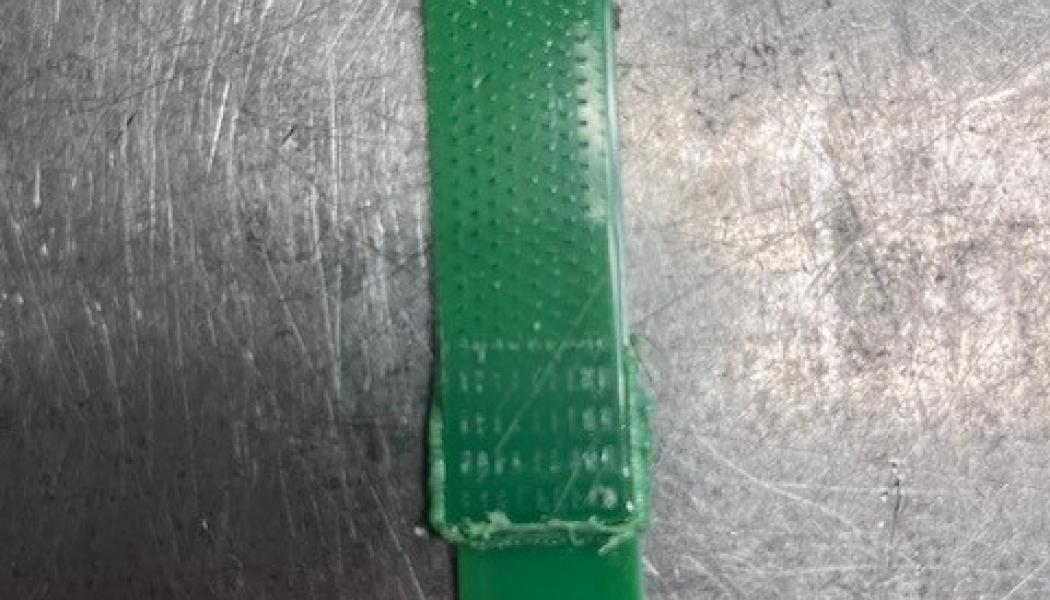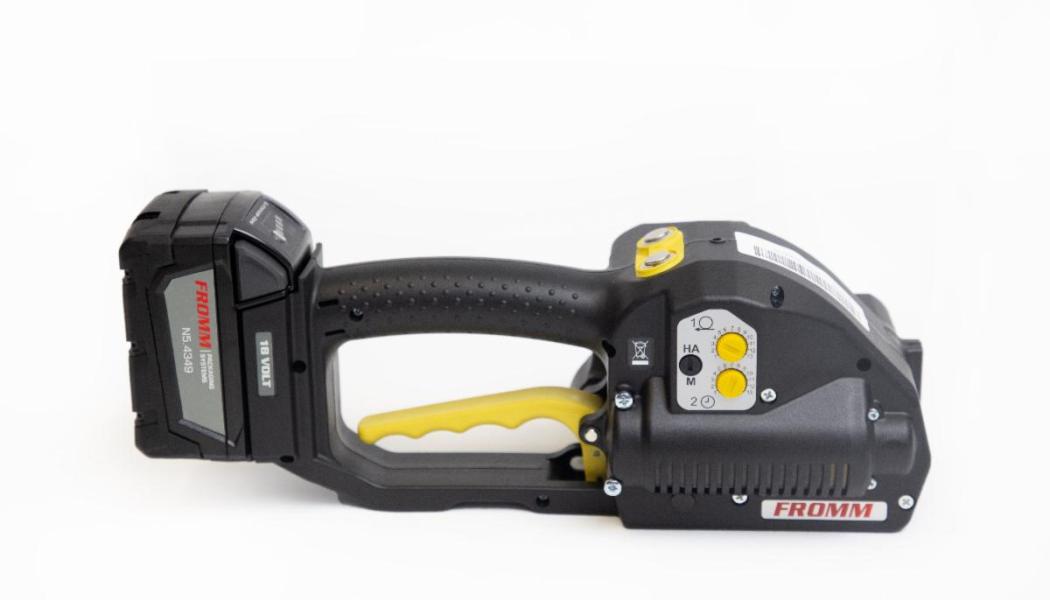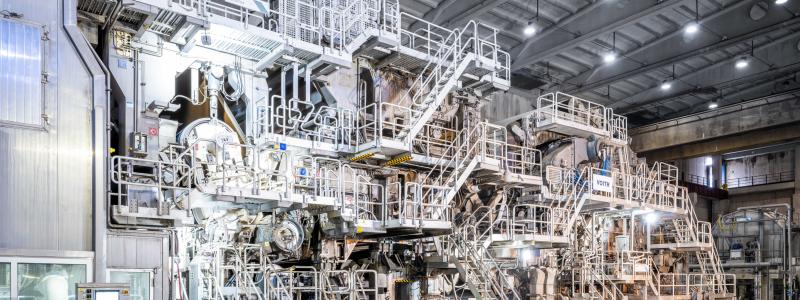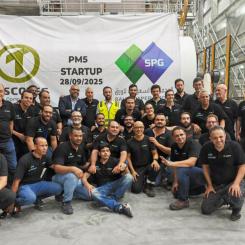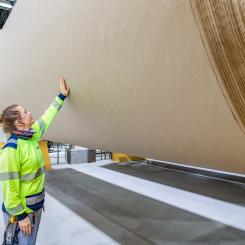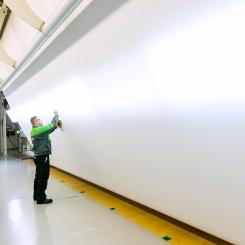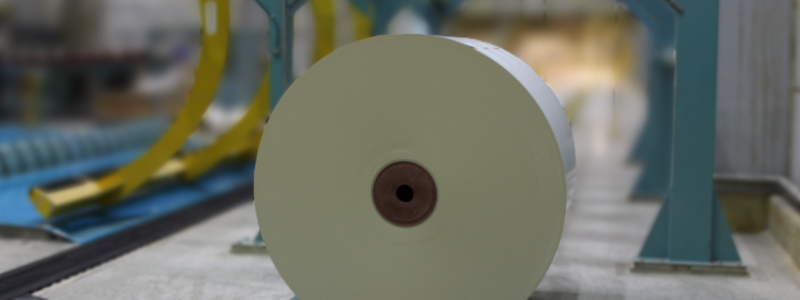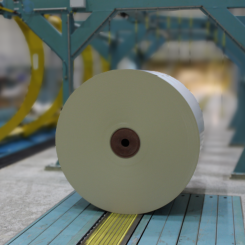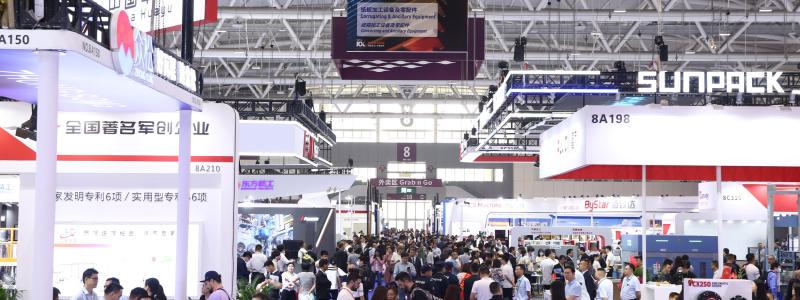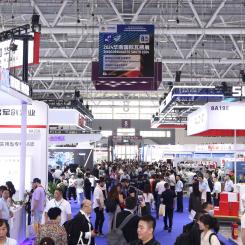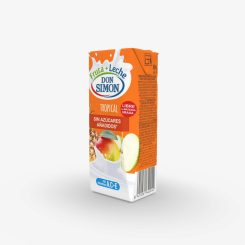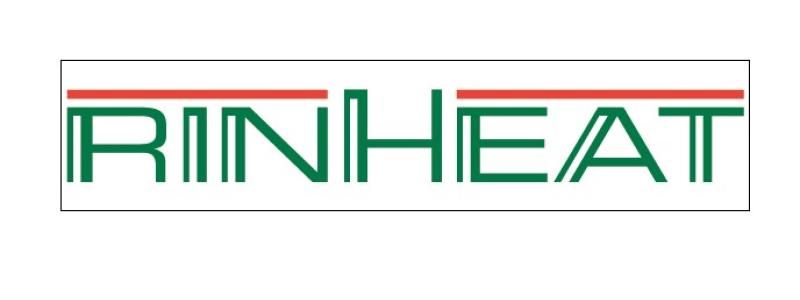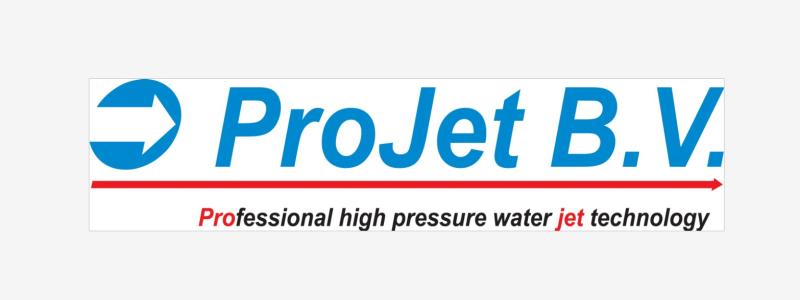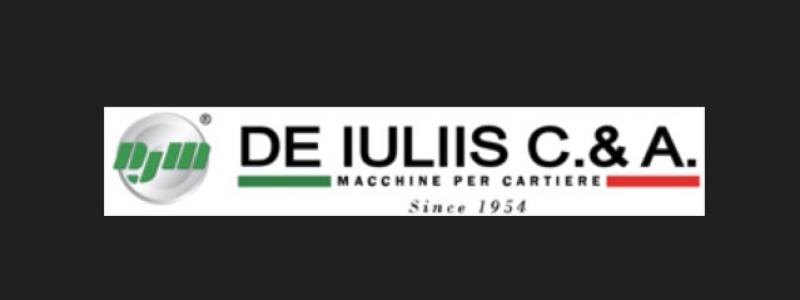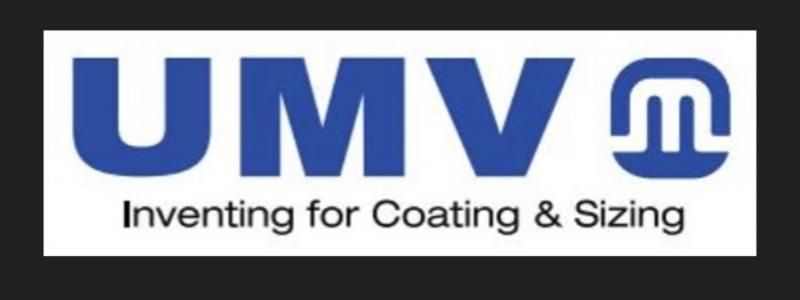By: Ed Brownley III, National Sales Manager
When it comes to securing your products for shipment, selecting the right strapping materials is critical. This decision impacts not only the safety and integrity of your goods but also your operational efficiency and overall costs of delivery. Improperly applied strapping can increase pressure on products, crushing and damaging them unnecessarily.
PAC Strapping Products Inc. has been at the forefront of developing customized strapping solutions, offering a range of products and technologies that can help businesses optimize their shipping processes. In this article, we explore the key considerations in choosing the right strapping materials, from manual versus machine strapping tools to the differences between steel and polyester strapping.
Manual vs. Battery-Powered Plastic Strapping Tools: Consistency and Efficiency
One of the primary decisions you’ll face when choosing a strapping solution is whether to go with manual or battery-powered tools. Manual tools require the operator to manually ratchet the tension of the strapping material. Having a manual process not only demands physical effort but also leads to inconsistencies in tension application across different operators or when there is employee turnover.
Additionally, manually applied strapping often results in lower joint efficiency—a measure of the percent of the strap break strength at the joint. With manual tools, it is typical to achieve around 60% joint efficiency because a mechanical closure is required, such as a wire buckle or seal, to fasten the straps together.
Battery-powered strapping tools, on the other hand, offer a more efficient solution. These tools consistently apply high tension, creating a friction weld that bonds the two pieces of strapping material through heat. This process increases joint efficiency to around 85%, a significant improvement over manual methods. The higher joint efficiency means that the strapping can handle more force without failing, reducing the likelihood of product damage during transit.
In addition to better performance, battery-powered tools also reduce the risk of workplace injuries. Workers are no longer required to manually ratchet tension, which can be a strenuous task, especially when done repeatedly. This noticeable reduction in physical strain contributes to fewer reported repetitive motion injuries, improving overall workplace safety.
When deciding whether to invest in battery-powered strapping tools, it’s important to consider several factors. The first is how often your team will be strapping products. If you’re palletizing only a few times a day, manual tools may be sufficient. However, if your business is strapping double-digit pallets per shift, the consistent performance and reduced labor of battery-powered tools will quickly pay off.
Another key consideration is who will be operating the tools. If multiple people will be using the strapping equipment, machine tools offer more consistent results, regardless of the operator's experience or physical strength. Additionally, the cost savings from fewer injuries and higher joint efficiency can have a noticeable impact on your bottom line over time.
Steel vs. Polyester Strapping: Making the Shift
PAC Strapping emphasizes the growing shift away from steel strapping toward polyester strapping, and for good reason. Steel has long been a trusted material, especially for heavy-duty applications, but it comes with significant drawbacks. Steel is heavy, difficult to handle, and poses safety risks due to its sharp edges and the potential for "spring back" when cut. These factors not only increase the risk of injuries but also drive up operational costs through higher insurance premiums and medical expenses. Steel is also less environmentally friendly, as it’s not as easily recycled and reused.
Polyester, on the other hand, is a lighter, more flexible alternative. From an environmental perspective, polyester is more sustainable than steel. It’s made largely from recycled material, easier to recycle and uses less energy in the production process, making it a more eco-friendly choice for businesses that are looking to reduce their environmental impact.
Plus, a coil of polyester strapping weighs about half as much as steel, making it much easier for operators to handle. In addition, polyester’s "rubber band" effect allows it to stretch and contract with the load, which helps maintain tension during transit. This elasticity is particularly important for shipments where the load may shift slightly, as the strapping will remain tight and continue to secure the product effectively without applying too much, or too little, support.
The Importance of Customizing Strapping Solutions
At PAC Strapping, the focus is always on providing tailored solutions for each customer. When a client approaches PAC with a strapping challenge, the first question asked is: “What are you strapping?” Understanding the product's shape, material, and weight is crucial in recommending the right strapping material and tool.
For softer, compressible products, such as insulation or foam, PAC typically recommends polypropylene strapping. This lightweight material is cost-effective and easy to work with, offering good elongation, which makes it ideal for products that won’t be in storage or transit for long periods. Polypropylene is versatile enough to be used with manual tools and can be fastened with wire buckles, making it suitable for general-duty palletizing applications.
For non-compressible, heavier products like lumber, bricks, or blocks, polyester is often the better choice. It offers a higher break strength compared to polypropylene and retains tension over longer periods. The ability of polyester to stretch when applied and then retain that tension makes it perfect for securing loads that may experience shifts during transport.
The volume of strapping also plays a role in the decision-making process. For companies strapping only a few pallets a day, manual tools might be sufficient. However, for operations that palletize dozens of loads per shift, investing in battery-powered tools will save time and labor costs, ultimately increasing productivity and efficiency.
Joint Efficiency and Its Impact on Strapping Selection
One of the most critical factors in selecting a strapping method is joint efficiency. As mentioned earlier, manual tools typically offer around 60% joint efficiency, while battery-powered tools with friction weld technology can achieve up to 85%. The higher the joint efficiency, the more secure your load will be during transit. This becomes particularly important when shipping heavy or valuable goods, where even a slight shift in the load could result in significant damage.
When businesses switch from manual to machine strapping, they often see a decrease in product damage claims. A more secure load means fewer instances of broken or shifted products, which in turn reduces the need for costly replacements or returns. Over time, this leads to long-term cost savings while improving customer satisfaction by ensuring products arrive in pristine condition.
Switching to battery-powered tools offers another potential benefit: the ability to down-gauge the strapping material. With manual tools, the lower joint efficiency often requires a heavier gauge strap to provide adequate load security. However, battery-powered tools’ friction weld technology yields a stronger bond, allowing operators to confidently use a lighter gauge strap without compromising stability. This adjustment can translate into significant material savings over time, particularly for high-volume applications, by reducing both material usage and the overall weight of each shipment.
PAC Strapping also tailors its solutions to meet the specific needs of different industries. For example, in construction, where products like lumber and bricks are often palletized, the focus is on using strapping that can handle heavy loads and retain tension over time. Polyester strapping is ideal for these applications because it offers high break strength and maintains its tension, even if the load shifts during transport. In industries like pharmaceuticals, where product safety is paramount, the emphasis shifts to ensuring the strapping material doesn’t damage the product or compromise its integrity.
Navigating the Future of Strapping Solutions
Choosing the right strapping materials and tools for your business is a decision that impacts everything from workplace safety to operational efficiency and product integrity. While manual tools may work for smaller volume operations, battery-powered tools offer significant advantages in terms of consistency, joint efficiency, and safety. The shift from steel to polyester strapping represents a move toward more sustainable, cost-effective, and safe solutions. By working with a company like PAC Strapping that will tailor solutions to meet specific industry needs, you can ensure that your products are securely strapped and ready for safe transit, no matter what challenges lie ahead.




